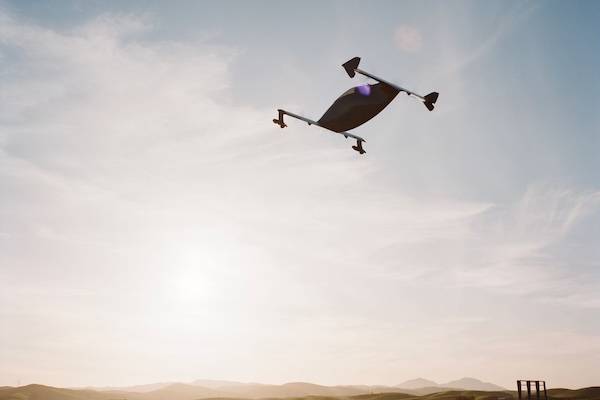Aerial gawkers are getting in the way.
This article originally ran in New York magazine on January 10, 2025.
Aerial firefighting is already one of the most dangerous kinds of aviation there is. Pilots must maneuver heavy, sluggish planes over rough terrain at low altitude, often amid severe turbulence and poor visibility. Now aerial firefighters battling the Los Angeles wildfires are facing an additional danger: illegal drones. On Thursday a “Super Scooper” plane fighting the Palisade fire collided with a drone that tore a hole in its wing, forcing it to land and taking a powerful weapon out of the fight when it was urgently needed.
In the aftermath the FAA promised severe punishment for anyone caught flying drones in a way that interferes with firefighting, with penalties of up to 12 months in prison and $75,000 in fines. But the uncomfortable reality is that there is little that authorities can do to prevent illegal drone flights, as this incident and the recent New Jersey drone swarm panic both demonstrate.
Thursday’s accident occurred as firefighters struggled to contain a blaze that had consumed more than 17,000 acres, though it was spreading less aggressively thanks to a temporary lull in the winds. The aircraft, a twin-engine CL-415, is a Canadian-built amphibious aircraft designed specifically for aerial firefighting. It can skim along the surface of a lake or ocean and scoop up 1,600 gallons of water at a time, allowing it to carry out many sorties in a short interval since it doesn’t have to return to an airport to refill. A picture posted online by the L.A. County Fire Department showed a fist-size hole in the leading edge of the plane’s left wing. According to reporting by the WarZone, the incident led to the temporary grounding of all aircraft tasked to the Palisades fire.
Continue reading The New Threat to Los Angeles Firefighters: Drones




